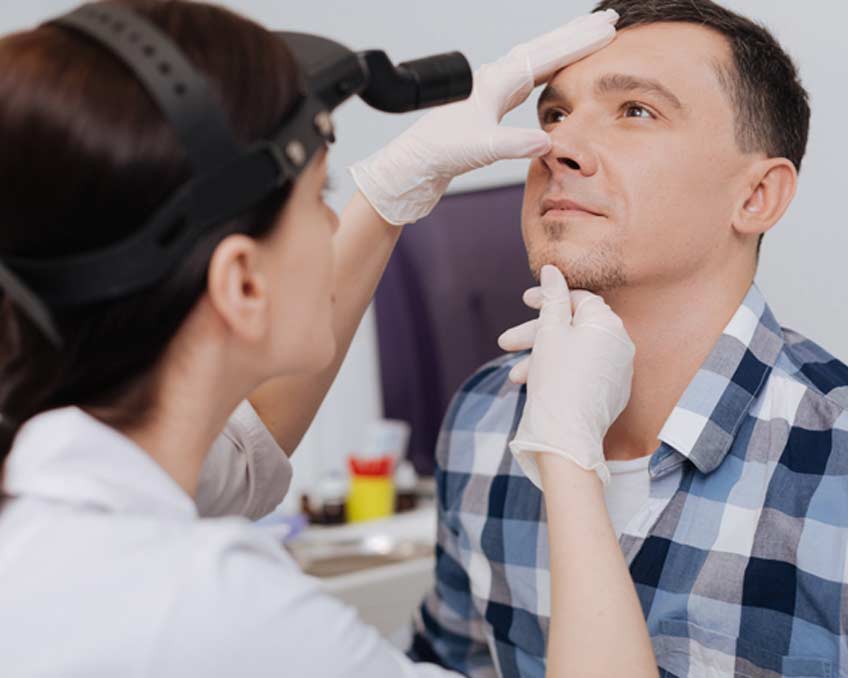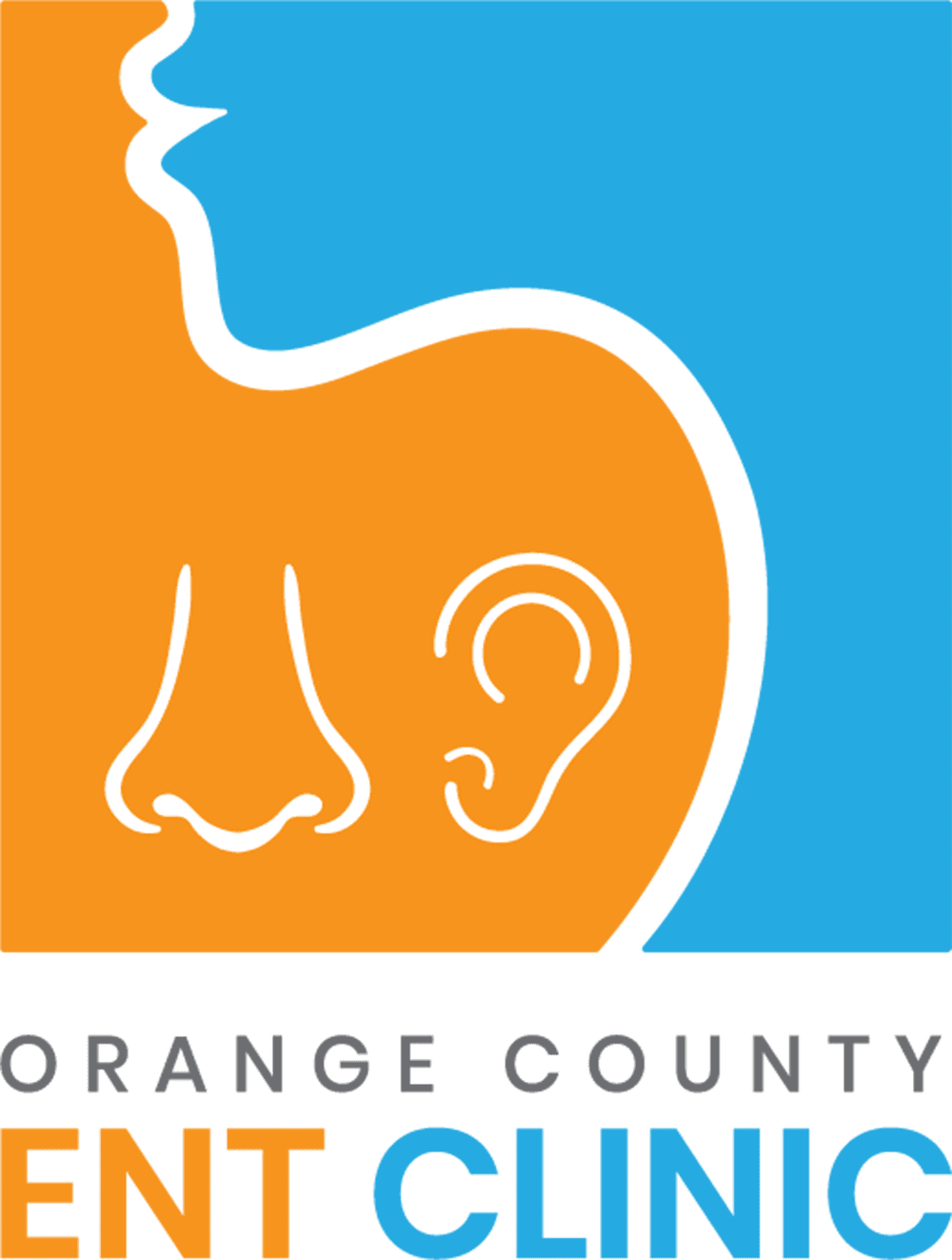
If the turbinates in your nose become too large, airflow could be blocked, which results in turbinate hypertrophy.
The nasal turbinates are the areas of the nose that are located within your nasal passageways and are responsible for such functions as humidifying, filtering, and warming the air that you breathe. It’s possible to have either three or four turbinates in your nasal passageways.
If the tissue in these areas of the nose becomes swollen or too large, you may begin to experience breathing problems, which is referred to as turbinate hypertrophy.
What Is Turbinate Hypertrophy?
When you’re affected by turbinate hypertrophy, it’s likely that you’ll experience everything from breathing problems to bleeding. The middle and inferior turbinates are the ones that are commonly affected by this health condition. There are a range of treatment options that can help relieve the symptoms you’re experiencing, which includes medications and surgery. If your symptoms are left untreated, you may find it difficult to get a restful sleep.


Symptoms Associated With This Condition
The most common symptom of turbinate hypertrophy is that you’ll likely find it more difficult to breathe through your nose. Some of the other symptoms that you might go through include pressure in your forehead, some facial pain, an altered sense of smell, a runny nose, and snoring. When you wake up, you might also notice that your mouth is dry, which is caused by opening your mouth to breathe as you sleep. These symptoms are very similar to those of a cold. However, these symptoms won’t go away without treatment, which isn’t the case with a cold. The symptoms of turbinate hypertrophy can also be mistaken for those of septal deviation, which is another condition that can block airflow through one or both of the nostrils.
How Turbinate Hypertrophy Is Caused
It’s possible for your case of turbinate hypertrophy to be either acute or chronic. If you’re affected by an acute case of turbinate hypertrophy, it’s possible that your symptoms will go away after a short period of time. Chronic cases of this condition are diagnosed when the symptoms have lasted for more than three months. The primary causes of this condition include standard seasonal allergies, chronic inflammation of the sinuses, and environmental irritants. Any one of these conditions can cause the soft tissue or bone of the turbinates to swell up.
Primary Treatment Options for Turbinate Hypertrophy
The most important thing to do to relieve your symptoms is to reduce the amount of allergens in your home, which could be anything from pet dander and dust mites to mold and mildew. Along with a reduction in allergens, it’s likely that you’ll be provided with some type of medication to help with getting rid of the condition. These medications include nasal and oral decongestants. Surgery is only used if less invasive treatments have yet to provide relief. The main surgical procedures for turbinate hypertrophy include partial inferior turbinectomy and inferior turbinate bone resection.
